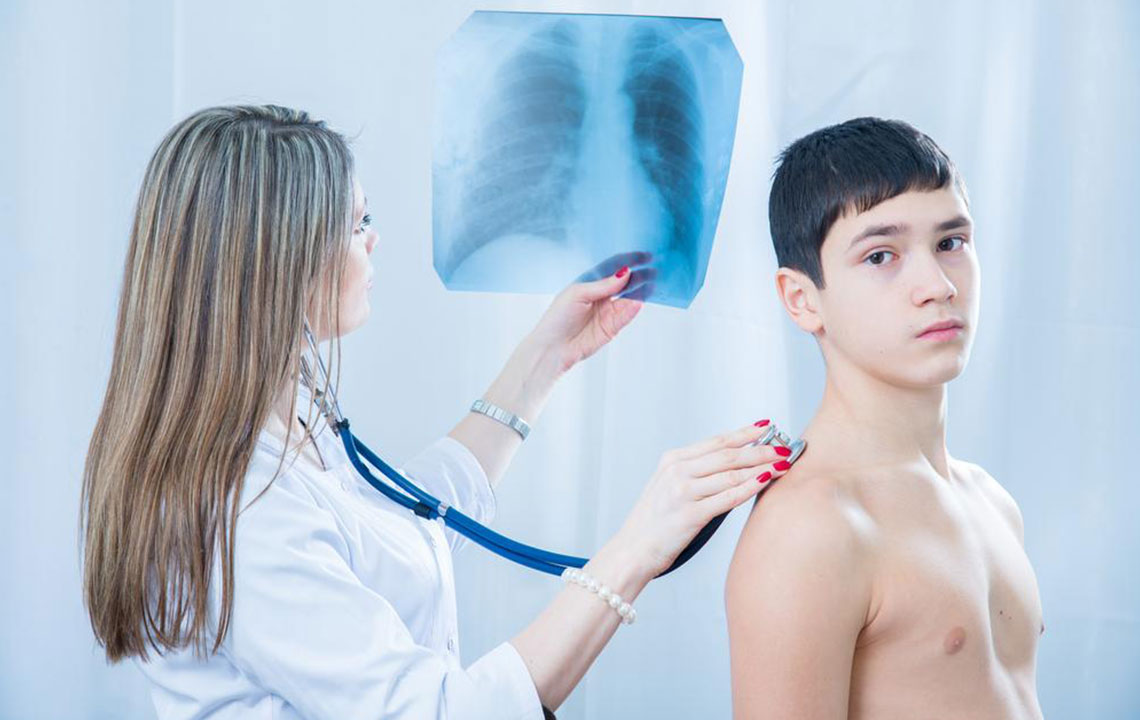Comprehensive Guide to Heart Attacks: Causes, Symptoms, and Effective Treatment Strategies
This comprehensive article offers detailed insights into heart attacks, covering causes, symptoms, and advanced treatment options. It emphasizes early recognition and the importance of immediate medical intervention to save lives. By understanding risk factors and treatment strategies, readers can better prevent or respond to cardiac emergencies, ultimately promoting better heart health awareness and saving lives.

A Comprehensive Guide to Heart Attacks: Understanding Causes, Recognizing Symptoms, and Exploring Management Options
Heart attacks are among the most critical medical emergencies, impacting nearly one million people annually across the globe. They pose a significant threat to cardiovascular health and can have life-altering consequences if not addressed promptly. Despite the seriousness, many individuals survive and recover, especially when they recognize the warning signs early and seek immediate medical intervention. This detailed guide explores everything you need to know about heart attacks—what causes them, how to recognize the symptoms, and the latest treatment options available today. Whether you have a family history of heart disease or are looking to improve your lifestyle, understanding this condition can save lives.
Understanding the Causes of Heart Attacks
A heart attack, medically known as myocardial infarction, typically occurs due to the blockage of the coronary arteries—vessels responsible for delivering oxygen-rich blood to the heart muscle. This blockage prevents vital blood flow, causing damage or death to heart tissue. The primary culprit behind this blockage is a buildup of fatty deposits called plaques, primarily composed of cholesterol, which gradually narrows these arteries over time—a condition known as coronary artery disease (CAD). As these plaques rupture, they can form blood clots that obstruct the artery entirely, triggering a heart attack.
Besides cholesterol buildup, other factors significantly contribute to the risk of heart attacks. These include high blood pressure, smoking, obesity, physical inactivity, unmanaged diabetes, and excessive alcohol consumption. Additionally, lifestyle choices such as drug abuse—particularly with stimulants like cocaine—and medical conditions that impair oxygen delivery, like hypoxia, also elevate the risk. Genetic predisposition plays a role, with a family history of heart disease increasing vulnerability. Aging naturally increases susceptibility as arterial walls stiffen, and the cumulative effects of unhealthy habits manifest over time.
Recent studies emphasize the importance of understanding the role of inflammation and oxidative stress in the development of atherosclerosis, which accelerates plaque formation and rupture, leading to heart attacks. As research advances, there’s a growing emphasis on early prevention through lifestyle modifications, regular health screenings, and management of underlying conditions like hypertension and diabetes.
Additionally, certain lifestyle choices and external factors can trigger acute episodes of cardiac ischemia (lack of oxygen to the heart). Substance abuse, especially with illicit drugs such as cocaine, causes sudden vasoconstriction—narrowing of blood vessels—that can precipitate a heart attack. Hypoxia, a condition characterized by insufficient oxygen levels in the blood, can result from respiratory issues or high altitudes, further stressing the heart and increasing attack risk.
Recognizing the Symptoms of Heart Attacks
Timely recognition of heart attack symptoms is crucial for survival. Symptoms can vary widely among individuals, with some experiencing classic signs and others presenting with atypical or no symptoms at all, complicating diagnosis. Typically, signs include:
Chest discomfort: The most common symptom, characterized by persistent pressure, squeezing, or a feeling of fullness in the chest. It may last several minutes or come and go.
Pain radiating to other areas: Discomfort may spread to the left or right arm, back, neck, jaw, or upper abdomen. This pain can be tingling, numb, or feeling like an electric shock.
Dizziness and fainting: Feelings of lightheadedness or actual fainting episodes, often accompanied by sweating and weakness.
Shortness of breath: Often occurring with chest pain, this symptom indicates compromised heart function. It may be accompanied by cold sweat, nausea, or vomiting.
Unusual fatigue or anxiety: Some individuals report an overwhelming sense of unease or anxiety weeks or days before an attack, especially in women.
Changes in skin coloration: Pale, grayish skin, or cyanosis (a bluish tint around lips or fingertips) indicates severe oxygen deprivation and an urgent need for medical attention.
It's important to emphasize that not all heart attacks present with the classic symptoms—especially in women, diabetics, and the elderly. Silent heart attacks, characterized by subtle signs or even none at all, can still cause significant damage. Recognizing atypical symptoms such as indigestion, fatigue, or jaw pain as potential warning signs can be lifesaving.
Immediate Interventions and Treatment Options
Fast medical response is vital for improving survival rates and reducing heart muscle damage. Treatment strategies depend on the type and severity of the heart attack. The most common and dangerous form is STEMI (ST-elevation myocardial infarction), which requires immediate intervention. The key treatment procedures include:
Electrocardiogram (ECG) confirmation: Rapid diagnosis through ECG detects characteristic changes indicative of STEMI or other types of myocardial infarction.
Reperfusion therapy: The primary goal is to restore blood flow as quickly as possible. This can involve:
• Percutaneous Coronary Intervention (PCI): Often called angioplasty, this minimally invasive procedure involves threading a catheter to the blocked artery and inflating a small balloon to open it. A stent is usually placed to keep the artery open, ensuring continued blood flow.
• Thrombolytic therapy: If PCI isn't immediately available, clot-dissolving agents (thrombolytics) are administered intravenously within the first 12 hours of symptom onset to break up the clot obstructing the coronary artery.
Surgical procedures: When blockages are widespread or not amenable to PCI, coronary artery bypass grafting (CABG)—a surgical operation creating a detour around obstructed arteries—may be necessary to restore blood supply.
Medical management: Post-acute care involves medications such as antiplatelet agents, beta-blockers, ACE inhibitors, and statins to prevent future attacks and help the heart recover.
Other supportive measures include oxygen therapy, pain relief through nitroglycerin or morphine, and continuous monitoring of cardiac function. Lifestyle changes, cardiac rehabilitation, and long-term medication compliance play crucial roles in preventing recurrence.
In recent years, advancements in medical technology and an increased understanding of cardiac pathology have revolutionized the management of heart attacks. Rapid response systems, portable ECG devices, and telemedicine consultations contribute to faster diagnosis and treatment, significantly improving patient outcomes.
Prevention remains the best approach, involving a combination of healthy lifestyle modifications, regular health screenings, and management of risk factors such as hypertension, diabetes, and high cholesterol. Educating the public about recognizing early warning signs and the importance of immediate medical care can save countless lives annually.





